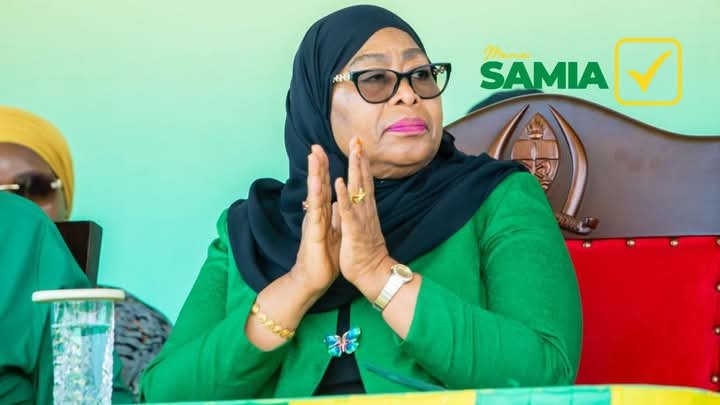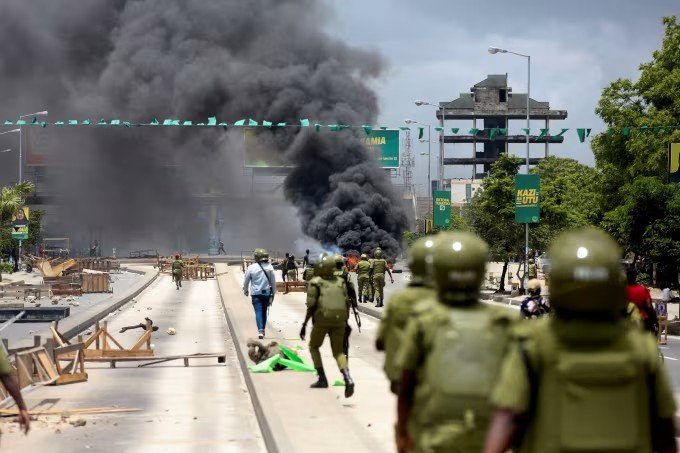By Emmanuel Mihiingo Kaija
Beneath Kilimanjaro’s steadfast gaze,
In the warm breath of the Indian Ocean tide,
Tanzania stands—
a drum’s pulse in the red–earth soil,
a sunflower turned toward a distant hope.
But at the rose‑gold dawn of the 2025 vote,
the country shuddered with the murmur of unrest:
the ballot boxes burned in Dar es Salaam,
tyres smouldered in Arusha’s night air,
an internet black as the mvule’s bark.
They said 97 % of the vote fell into one hand—
yet the streets remember the silhouettes in curfew.
Soldiers echo down the avenues.
Teargas, gunshots—joy refracted as fear.
And still the land endures.

The msururu trees, the zebra tracks in the Serengeti,
the swahili laughter by dusk—
they hold quiet among the uproar.
“Haba na haba hujaza kibaba,”
inch by inch fills the pot—
yet here the pot trembles with too much for too little.
There is a people’s hope,
rooted as deep as the mvule in the Rift Valley—
but its shoots are battered by storms of silence,
of exclusion, of voices cut like firewood.
A mother in Zanzibar whispers a prayer:
may the election not crush her child’s future.
A youth in Mwanza hears the curfew’s drum and fears for tomorrow.
Yet even at this anguished hour,
Tanzania is more than its wounds.
It is the flame of the Maasai warrior’s spear,
the lullaby of the Ndengereko fisherman on Lake Nyasa,
the rising dawn over Zanzibar’s coral reef.
In the end, the land will remember:
the voices of the silenced, the footprints in the ash,
the question: Who guards the womb of democracy when the night falls?
And maybe—just maybe—
in the hush after the curfew,
the mvule will whisper its answer:
When the drum doesn’t speak, the wind still listens.








